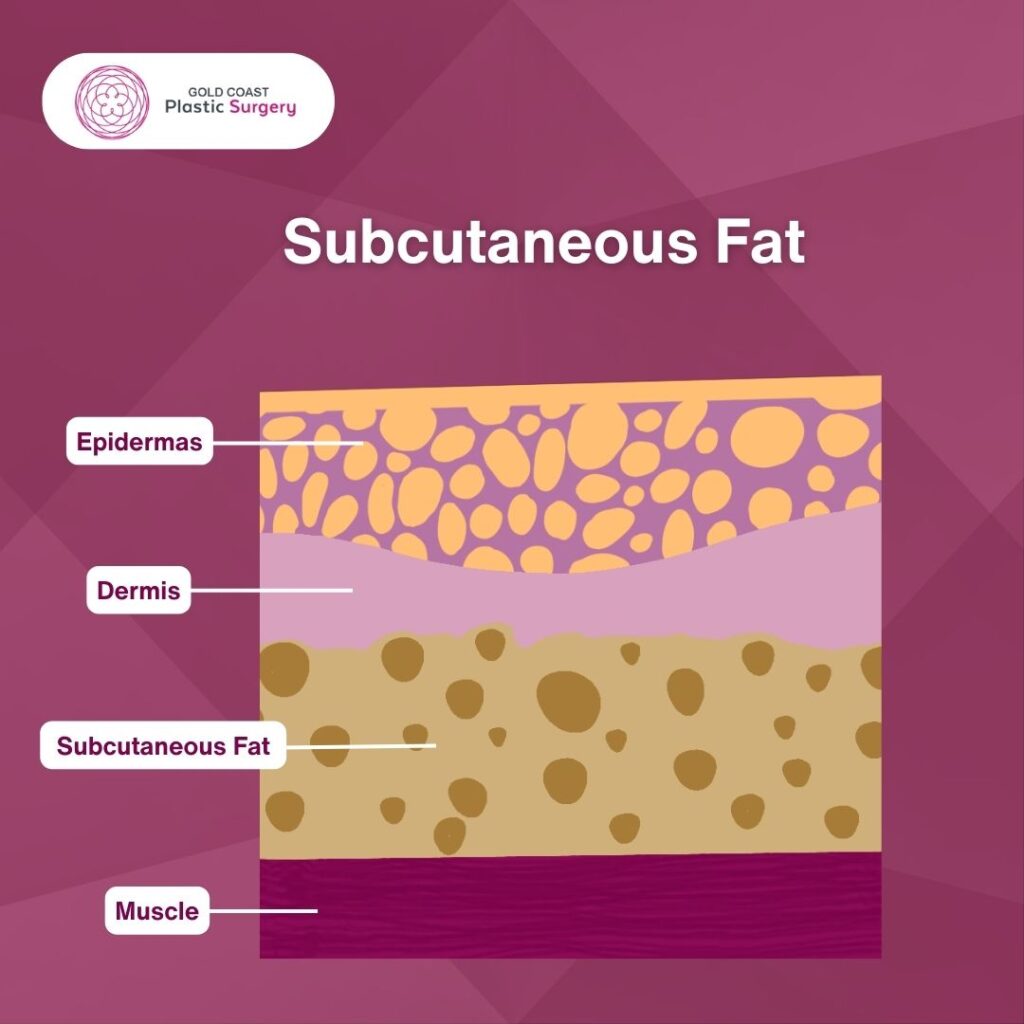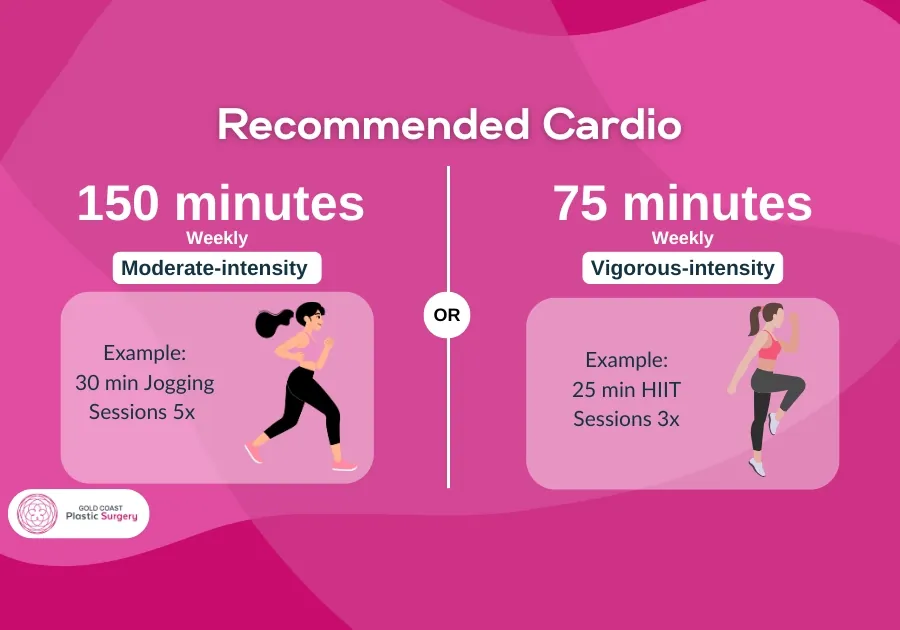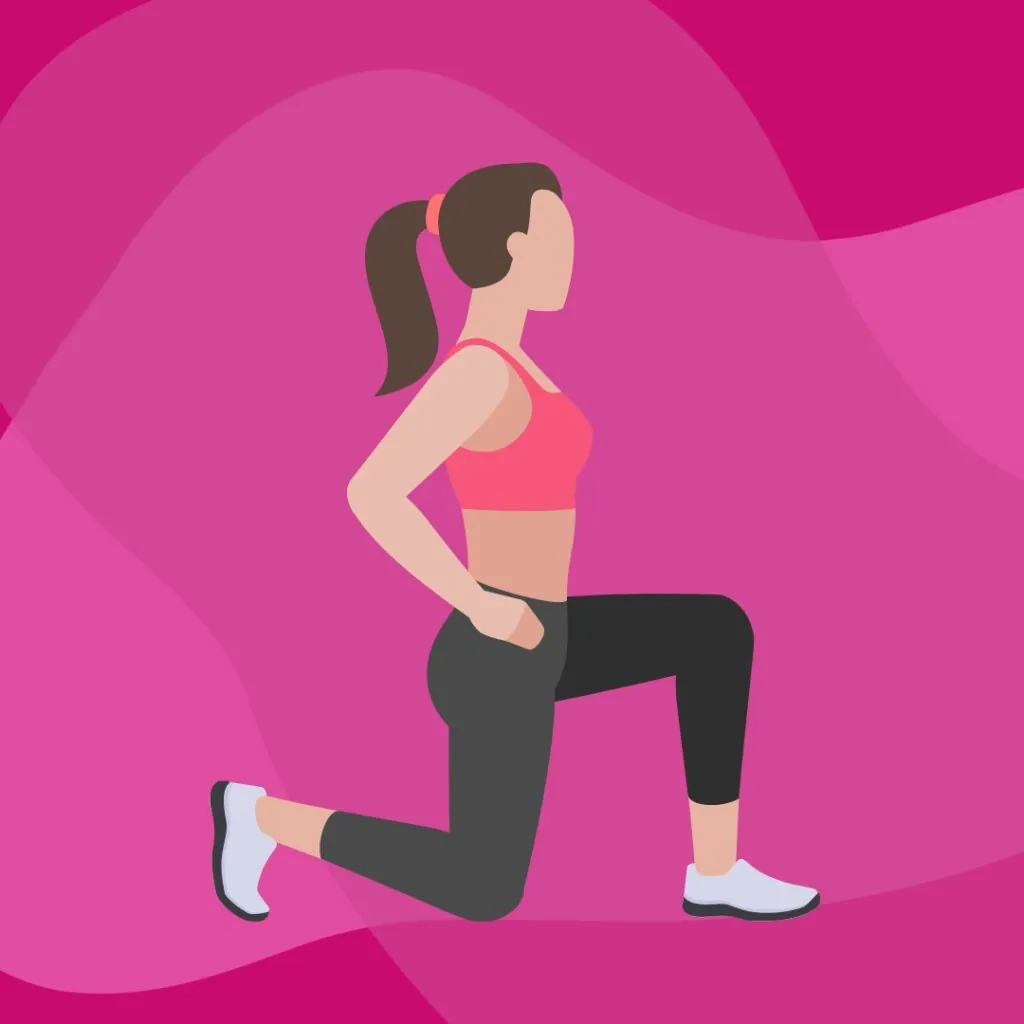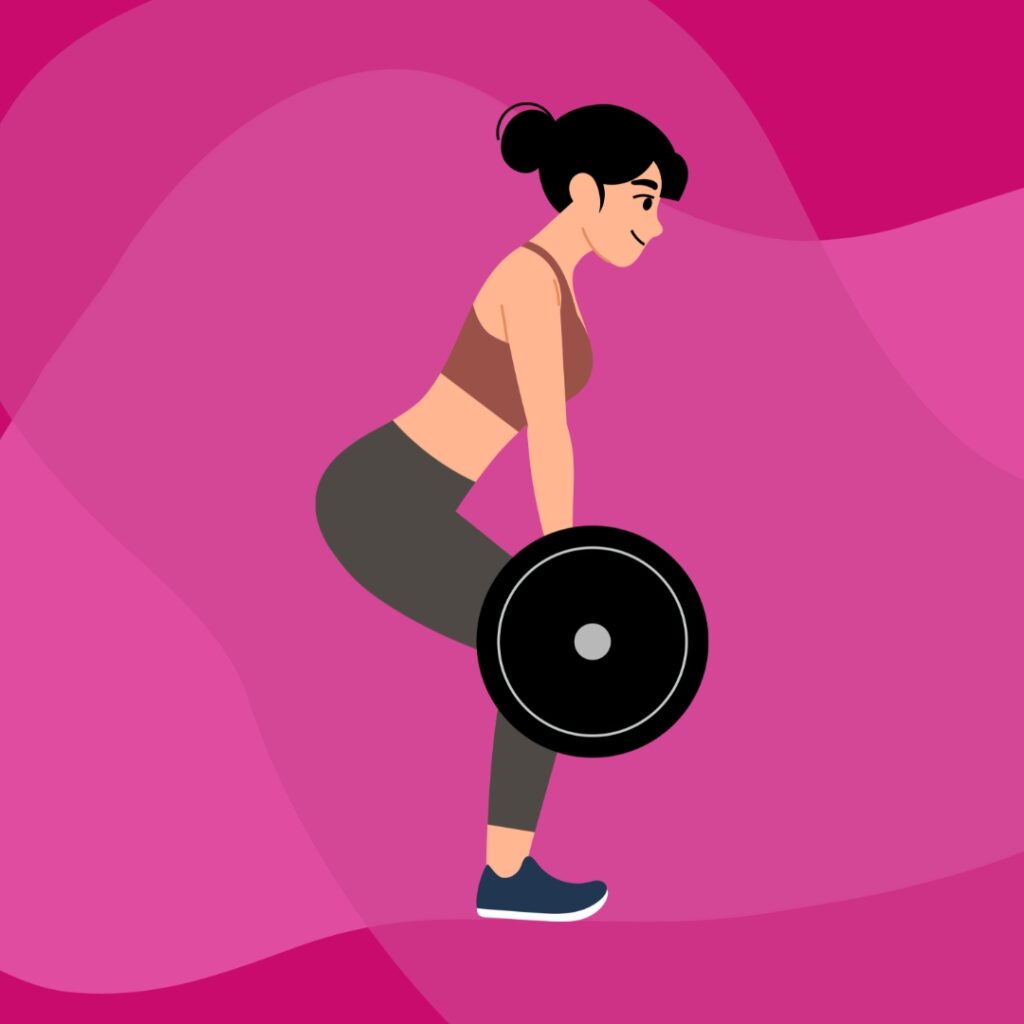Key Takeaways
- Excess thigh fat is influenced by factors such as genetics, hormonal changes, and a sedentary lifestyle, making lifestyle changes vital for management.
- A balanced diet that creates a calorie deficit is essential for reducing thigh fat; incorporating nutrient-dense foods like lean meats, legumes, and whole grains supports weight loss.
- Regular exercise, including targeted strength training and cardiovascular activities, is crucial for toning thigh muscles and reducing overall body fat.
- Surgical options like liposuction and thigh lift surgery can effectively remove excess thigh fat but should be complemented by a healthy lifestyle for lasting results.
- Maintaining results achieved through lifestyle changes or surgery requires consistent healthy habits, including adequate sleep, stress management, and mindful eating.
Excess thigh fat is common for many people. While area-specific excess thigh fat loss reduction is not possible, adopting a healthy lifestyle and incorporating targeted exercises can help reduce thigh fat.
Generally, the most useful way to reduce thigh fat is by following a balanced diet that includes nutrient-rich foods from all the food groups. By incorporating specific foods into your diet, you can create an energy deficit, leading to weight loss and a reduction in thigh fat. Some foods that can aid in this process include:
- Lean meats
- Fish
- Legumes
- Whole grains
- Low-fat dairy products
Understanding Excess Thigh Fat and Its Causes

Firstly, thigh fat refers to the accumulation of excess adipose tissue, which is also known as subcutaneous fat deposit on the thigh. It’s important to note that this can impact both the outer and inner thigh fat. Additionally, fat accumulation occurs when the body consumes more calories than it burns, resulting in the storage of excess energy as fat. Moreover, the inner thighs are particularly susceptible to fat storage due to various factors, including genetics, hormonal influences, and body composition.
Additionally, a sedentary lifestyle, a high-calorie diet, and eating unhealthy fats can contribute to the buildup of inner excess thigh fat or upper excess thigh fat. Incorporating exercise to reduce thigh fat and following a balanced diet can help reduce overall body fat.
What Causes Excess Inner Thigh Fat
Factors such as genetics, hormonal changes, and a sedentary lifestyle can contribute to the development of fat. Understanding these factors can help individuals better manage their weight.
Genetics
Genetics play a significant role in an individual’s body shape and fat distribution patterns. Unfortunately, certain individuals may have a genetic predisposition that causes them to store a higher amount of fat in their thighs. This means that even with a healthy lifestyle, they may still have a tendency to accumulate excess fat on the inner or outer thighs.
Hormonal Changes
Hormonal imbalances can influence fat storage and distribution in the body, including the thighs. Hormones such as estrogen and progesterone can impact where the body stores fat.
For example, during puberty, pregnancy, and menopause, hormonal fluctuations can lead to increased fat in the thigh area. Hormonal disorders such as polycystic ovary syndrome (PCOS) can also lead to fat accumulation in the thighs. Consulting with a healthcare professional can help address hormonal issues.
Sedentary Lifestyle
Leading a sedentary lifestyle, including long periods of sitting or low physical activity, can contribute to weight gain and the accumulation of excess fat on the thighs and inner thigh fat pockets.
If you don’t engage in regular exercise, your body burns fewer calories, leading to the storage of excess energy as fat. Regular physical activity can help prevent fat development and promote overall health.
Although these factors can contribute to the development of thigh fat, it’s important to note that they are not the sole determinants. It’s always advisable to consult with a healthcare professional for personalised guidance and support.
Lifestyle Changes to Reduce Excess Thigh Fat
When it comes to reducing excess thigh fat, lifestyle changes play a pivotal role in achieving your goal weight. A holistic approach that combines a healthy diet, regular exercise, and the adoption of overall healthy habits is key. Healthy habits support overall well-being and can contribute to weight loss by improving metabolic function and reducing the risk of hormonal imbalances.
Incorporating healthy habits can include:
- Getting sufficient sleep
- Managing stress levels
- Staying hydrated
- Avoiding excessive alcohol consumption
Lifestyle changes require consistent effort and commitment, the results will not be immediate. However, the long-term benefits and sustainability of lifestyle changes make them invaluable. Quick-fix solutions may yield temporary results, but lifestyle changes create a foundation for ongoing results and overall health.
Diet: Adopting a Healthy Eating Plan
Many wonder, what foods cause excess thigh fat? It’s essential to limit the intake of processed foods, sugary drinks, and unhealthy fats. These foods are high in calories, added sugars, and unhealthy trans fats, which can contribute to weight gain and hinder fat loss.
If your goal is to lose excess inner thigh fat then following a balanced diet is essential. A balanced diet helps create a calorie deficit, which is crucial for overall weight loss, and the best way to lose thigh fat. By consuming fewer calories than the body requires, individuals can encourage the body’s use of stored fat for energy.
You can practise healthy eating by:
- Practising portion control
- Eating nutrient-dense foods, fruits and vegetables
- Listening to hunger and fullness cues
- Eating slowly and savouring each bite
- Staying hydrated as sometimes feelings of thirst may be mistaken for hunger
Exercise: Targeting Excess Thigh Fat
Regular exercise plays a significant role in reducing overall thigh fat and achieving toned legs.
While spot reduction is not possible, targeted thigh exercises can help tone and strengthen the muscles in the thighs.
Exercises that target thigh muscles include:
- Squats
- Lunges
- Leg presses
- Inner thigh lifts
Strength training exercises are crucial for toning and shaping the muscles. Resistance exercises like squats and lunges build strength and boost metabolism, helping to burn fat. Consult with a personal trainer to learn proper exercise form and develop a personalised workout plan.
Consistency is key when it comes to achieving preferred results. Regular exercise and gradually increasing the intensity and difficulty of workouts through progressive overload help challenge the muscles. It’s important to listen to your body, gradually increase weights or repetitions, and allow for proper rest and recovery.
Exercise: Inner Thigh Excess Fat Loss
Inner thigh excess fat loss is a common concern for many individuals. While the idea of targeting fat loss in specific areas of the body, is not possible through exercise alone, it can reduce overall body fat and lead to a reduction of fat in the thigh area. There are exercises to reduce thigh fat that can help tone the inner thigh muscles. Targeted thigh fat exercises such as inner thigh lifts, sumo squats, and side lunges can be optimal exercises to reduce thigh fat.
By regularly engaging in these exercises, individuals can enhance muscle definition, lose thigh fat and create a firmer appearance in the inner thigh area. It’s important to note that even if you incorporate thigh fat exercises, a significant fat loss in your thighs will only be achieved through a combination of exercises and weight loss strategies. Cardiovascular exercises, such as jogging or cycling, along with a balanced diet and calorie deficit, can help reduce overall body fat, including the inner thighs.
Surgical Solution for Excess Thigh Fat
Liposuction
Liposuction is a surgical procedure used to remove excess fat deposits from specific areas of the body, including the thighs. During a thigh liposuction procedure, the surgeon will make small incisions in the targeted areas of the thighs. A thin, hollow cannula is then inserted through the incisions to suction out the excess fat.
The surgeon carefully manoeuvres the cannula to remove fat. The procedure can be tailored to address specific areas of concern, such as inner thigh fat removal, outer thigh fat removal, fat upper thigh removal, or all areas depending on the patient’s surgery goals and requirements.
Liposuction Recovery
Following the surgery, patients typically experience some swelling, bruising, and discomfort in the treated areas. Compression garments are usually worn to aid in the healing process and to minimise swelling.
The recovery period varies from person to person, but most individuals can resume light activities within a few days and gradually return to normal routines over a few weeks. Maintaining a stable weight and adopting a healthy diet and exercise routine after liposuction is crucial for healing and results.
Thigh Lift Surgery
Thigh lift surgery, also known as thighplasty, is a surgical procedure designed to address excess thigh fat and skin. It is particularly beneficial for individuals who have undergone significant weight loss or those who have excess skin due to aging or genetic factors. This thigh fat removal aims to reshape and firm the thighs, providing a more toned appearance.
Candidates for Thigh Lift Surgery
Generally, suitable candidates for thigh lift surgery are in good overall health, have a stable weight, and have realistic expectations about the procedure’s outcome. The surgery is often recommended for individuals with excess skin on their thighs that cannot be addressed through diet and exercise alone.
Thigh Lift Surgery Process
What is an inner thigh lift? An incision is made in the inner thigh area, allowing the plastic surgeon to remove excess thigh fat and excess skin. The remaining skin is then tightened and sutured. The exact surgical technique may vary depending on the patient’s specific anatomy and the surgeon’s approach.
Thigh Lift Recovery
Recovery typically involves a short period of rest and limited physical activity. Patients may experience swelling, bruising, and discomfort, which can be managed with prescribed pain medication and the use of compression garments. It is crucial to follow the surgeon’s post-operative instructions and attend follow-up appointments to reduce the risks.
Thigh Lift Results
Thigh lift surgery can achieve results. However, it’s important to note that maintaining a healthy lifestyle, including regular exercise and a balanced diet, is crucial to maintaining the results over time.
Thigh Surgery Consultation
Individuals considering liposuction or thigh lift surgery should consult with a qualified specialist plastic surgeon to determine if they are a good candidate. A skilled surgeon will thoroughly assess each patient’s unique situation and discuss the potential risks and benefits. By choosing an experienced surgeon and following their guidance, patients can increase their healing and recovery journey.
Experience the Expertise: Dr Doyle’s Recommendation
When undergoing a procedure, prioritise safety by selecting a qualified and experienced practitioner who understands your surgery goals.
Dr Mark Doyle is an experienced Australian Specialist Plastic Surgeon. He prides himself on his 30 years of surgical skills and caring bedside manner. If you are interested in thigh lift treatments on the Gold Coast or thighlift treatments in Brisbane, Dr Doyle and his team offer consultations.
Dr Mark Doyle, Specialist Plastic Surgeon
- Fellow of the Royal Australian College of Surgeons – FRACS (Plas)
- 30+ years of cosmetic surgery experience
- 15,000+ hours in the operating theatre
- 10,000+ surgeries performed including 3,000+ body surgeries
- Extensive expertise in surgical planning and 3D imaging
- Committed follow-up and 12 months aftercare including scar treatment
Maintaining Results with Healthy Lifestyle Habits
The importance of a healthy lifestyle is vital to maintaining the results achieved, either through lifestyle changes or thigh lift surgery and cannot be overstated. It is essential to adopt healthy habits to maintain your results.
You can reduce the chances of thigh fat returning by:
- Incorporating regular physical activity.
- Maintaining balanced nutrition.
- Following self-care practices, such as managing stress levels, getting enough sleep, and staying hydrated.
5 Useful Ways to Get Rid of Excess Inner Thigh Fat
Creating a Calorie Deficit Diet
A calorie deficit is central to overall fat loss, this occurs when you consume fewer calories than your body needs to maintain its current weight. Your body is forced to use stored fat as an energy source, leading to fat loss over time.
There are various methods to create a calorie deficit including portion control and tracking food intake to monitor your calorie consumption. Setting realistic calorie goals is important to ensure sustainable excess thigh fat reduction. It’s recommended to consult with a healthcare professional or registered dietitian to determine a suitable calorie range based on your individual needs. Gradual calorie reduction is often more manageable and sustainable.
Add Cardiovascular Exercises

The best exercise to lose thigh fat includes cardiovascular exercises which play a significant role in burning calories and reducing overall body fat, including thigh fat. Certain cardiovascular activities that engage the lower body such as running, cycling, and stair climbing are excellent choices as they target the leg fat.
Consider Strength Training Exercises for Toned Thighs
Many individuals want to know an exercise to lose excess thigh fat. Strength training offers numerous benefits for toning the thighs. By engaging in regular strength training exercises, you can strengthen and build the muscles on your thighs, encouraging a higher metabolism and increasing calorie burn.
There are several exercises that specifically target the thigh muscles, one exercise for thigh fat is squats which are a versatile exercise that engages the quadriceps, hamstrings, and glutes. Lunges also work for the same muscle groups and can be performed in various directions to target different areas of the thighs. Another thigh fat workout is leg presses, which focus on the quadriceps.



Consider Professional Guidance
Proper form is crucial for the effectiveness of exercises and minimising the risk of injury. Pay attention to your body alignment, maintain a stable core, and use controlled movements throughout each exercise. Consider working with a qualified fitness professional to ensure proper technique and guidance.
Mindful Eating and Nutrient-Dense Food
Mindful eating and developing a healthy relationship with food are essential components of thigh fat reduction. By practising mindful eating, you can become more attuned to your body’s hunger, make better food choices, and foster a positive mindset towards eating.
One tip for practising mindful eating is to eat slowly and savour each bite. This allows your body to properly register feelings of fullness, helping you avoid overeating.
Incorporate nutrient-dense foods:
- Lean proteins support muscle growth and repair.
- Whole grains provide fibre and sustained energy.
- Fruits and vegetables offer essential vitamins, minerals, and antioxidants and are low in calories.
Meal Planning
Meal planning and preparation can support a nutritious and calorie-controlled eating plan. Set aside time each week to plan your meals and snacks. Preparing meals in advance helps to have convenient and healthy options readily available. This can help you avoid eating unhealthy foods or impulsive food choices.
Lifestyle Modifications and Self-Care for Sustainable Thigh Excess Fat Loss
Making lifestyle changes and adopting healthy habits are crucial for sustainable excess thigh fat reduction.
Factors to consider:
- Adequate sleep – Lack of sleep disrupts hormonal balance, leading to increased hunger and cravings.
- Stress management – Chronic stress triggers the release of cortisol, a hormone associated with increased appetite and fat storage.
- Self-care practices – Self-care is essential for maintaining physical and mental well-being. This can include taking warm baths, practising mindfulness, reading a book, listening to calming music, or spending time in nature.
- Positive Mindset – Sustainable thigh fat reduction takes time and dedication. Results won’t happen overnight, so it’s essential to stay consistent with your healthy habits and be patient. Focus on the progress you’re making rather than fixating on setbacks.
Stress Management Tips
- Time management
- Regular exercise
- Social support
- Mindfulness and meditation
- Deep breathing exercises
FAQs
Can Body Procedures Specifically Target and Reduce Excess Thigh Fat?
Yes, surgical body procedures can specifically target and reduce excess thigh fat. There are different cosmetic procedures available including liposuction or a thigh lift. Note that these procedures should be considered complementary to a healthy lifestyle, including regular exercise and a balanced diet.
Contact Us
If you’re interested in discussing excess thigh fat loss options further or would like to discuss your specific needs and surgery goals, please reach out to Specialist Plastic Surgeon Dr Mark Doyle. He can provide you with comprehensive information, and personalised recommendations, and answer any questions you may have.
About Dr Mark Doyle FRACS (Plas) – Queensland Plastic Surgeon
Servicing patients in Gold Coast, Brisbane, Sunshine Coast, Cairns and New South Wales NSW – Northern Rivers, Byron Bay, Ballina, Lismore and more.
Dr Mark Doyle is a fully qualified Specialist Plastic Surgeon with over 30 years of experience performing breast, body, face and nose surgery. He has completed all required training and only carries out approved surgical practices. There are NO undertrained doctors or cosmetic doctors acting as surgeons at Gold Coast Plastic Surgery.

